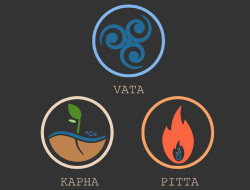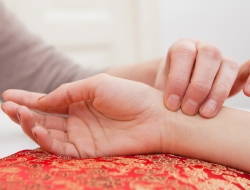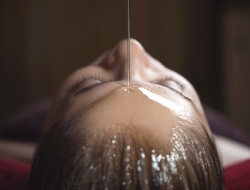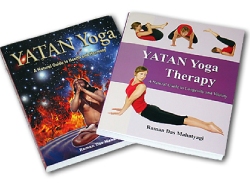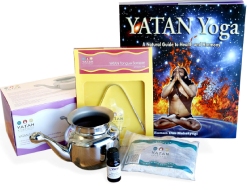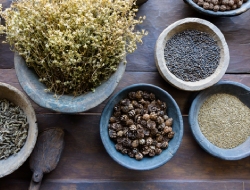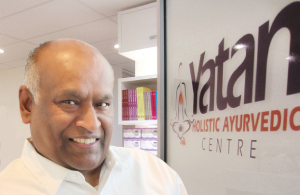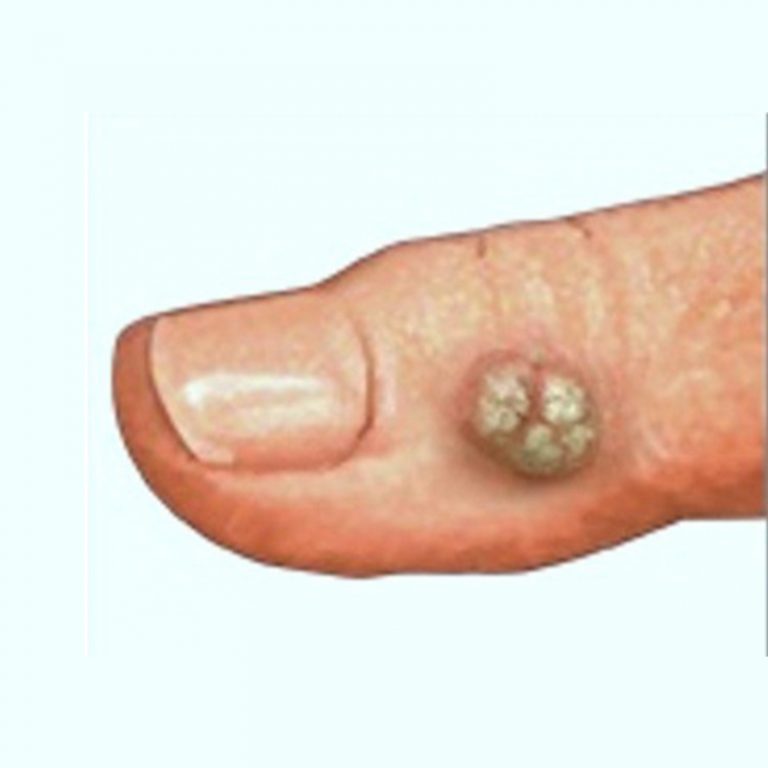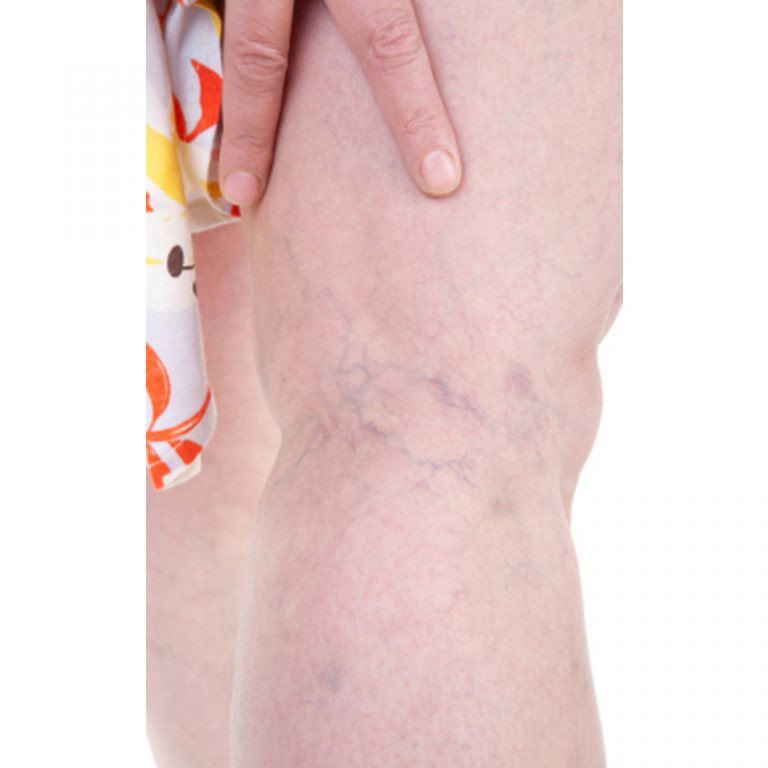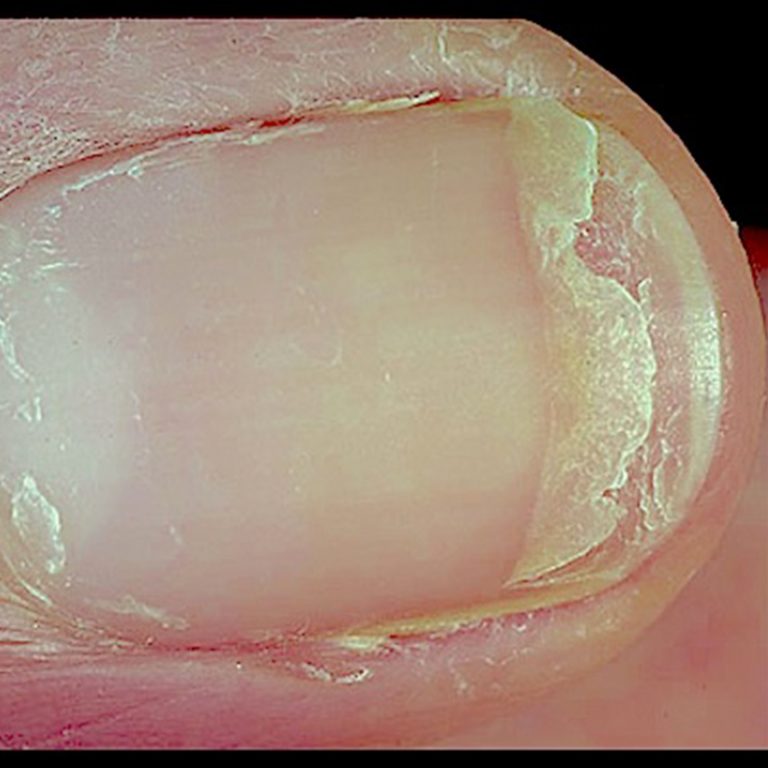Managing Pain With Ayurveda
It is hard to think of pain as a friend, but without it we would be unlikely to survive for long. It is our alarm system that lets us know when something is wrong and in need of attention. The problem could be caused by internal or external factors. Whether it involves muscles, joints, the nervous system, the digestion, or any other organ or system we need to know where to focus our attention; the answer does not lie in suppressing the pain.
Ayurveda sees pain as an aggravation of Vata (air) dosha. While the pain can, of course be caused, for example, by injury or surgery, in cases such as muscle and joint pain, headaches, earache, and sinusitis it is caused by an accumulation of ama – the toxic waste which is the result of incomplete digestion. Ama associated with Vata collects in sites where the circulation is sluggish, blocking nerves and channels.
Ayurveda employs a multi-dimensional approach to treating the problem, in general making use of Vata reducing herbs and treatments:
- Removing the build-up of toxins. Localised massage with special oils such as Mahanarayan oil.
- Modifying the diet. Introducing a Vata pacifying diet with additional herbal support.
- Strengthening the digestive process to prevent the build-up of ama.
- Balancing the nervous system through diet, herbs, cleansing programs (Panchakarma), yoga asanas and breathing exercises (Pranayama) and meditation.
- Managing stress and addressing lifestyle to restore natural body rhythms.
- Introducing exercises to enhance the circulation and flexibility.
A wide variety of herbs exist for different types of pain management and these are always selected according to individual requirement. Even the sex of the individual is taken into account, for example, different herbs are used to treat earache in the male and female. Application is not always in the locality of the pain; for instance, headaches can benefit from sinusitis treatment.
One procedure in Ayurveda is to make up a circle of dough and seal it to the skin in the area to be treated. The space inside the circle is filled with warm oil, which is left for 30 minutes to penetrate and relieve the pain.
The primary aim in Ayurvedic pain management is to balance the doshas and eliminate toxins – surely a more holistic approach than swallowing a painkilling tablet?

*Discover holistic healing with a complimentary phone or video consultation from our expert Ayurvedic practitioner. Start your path to better health today!*

